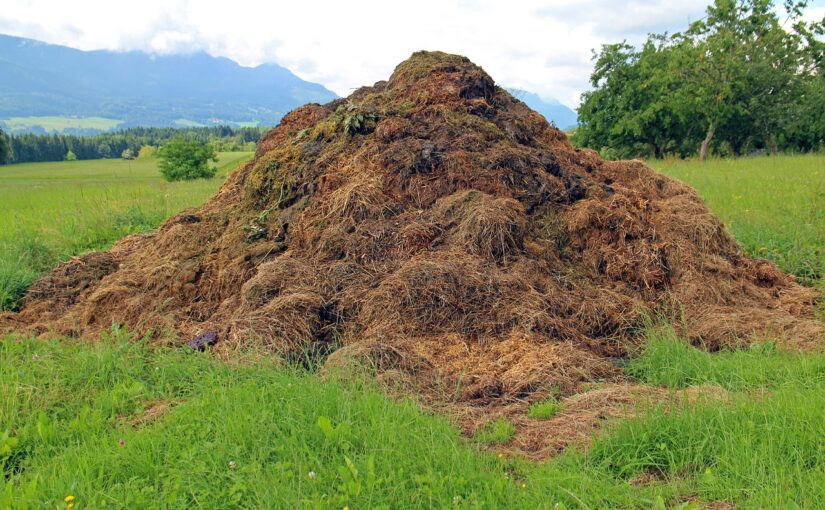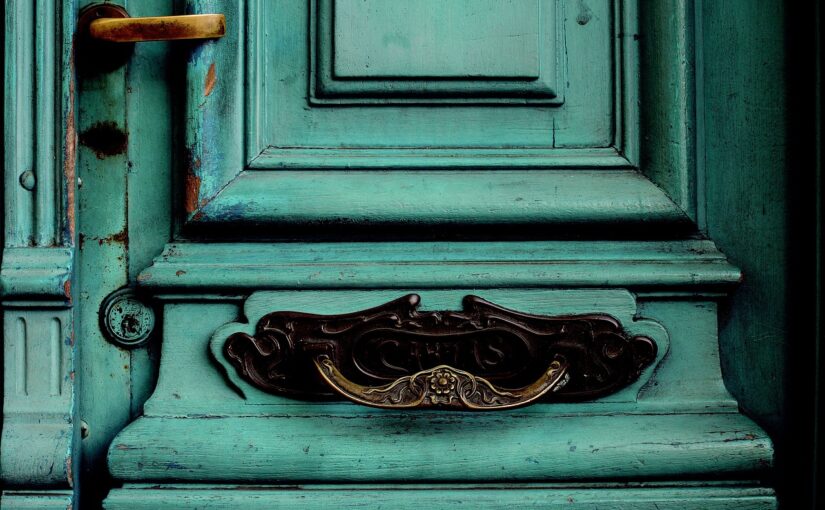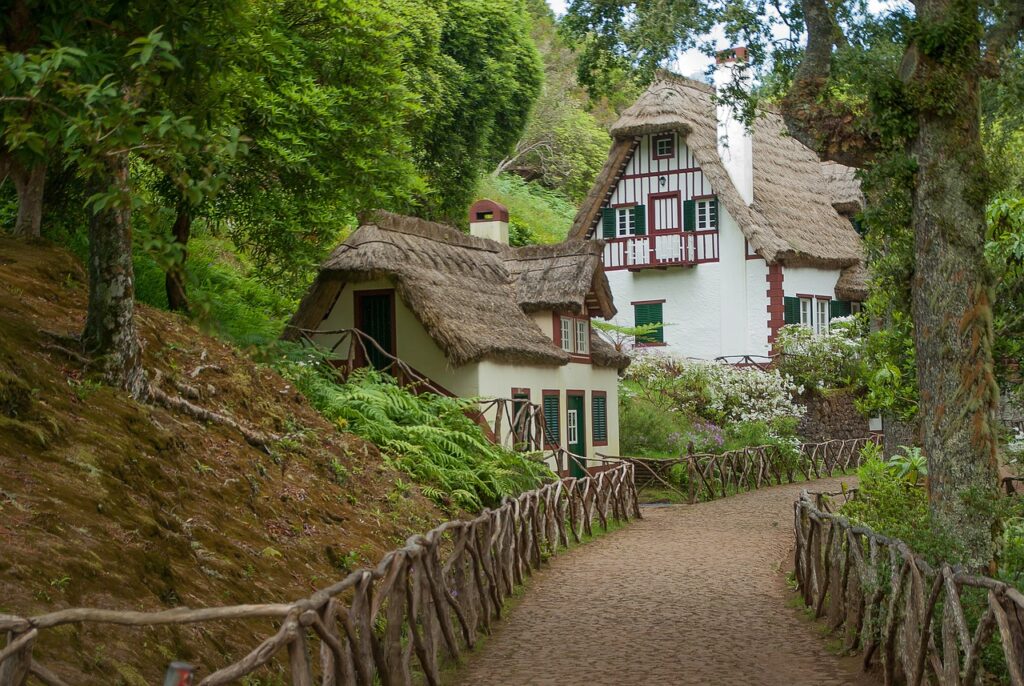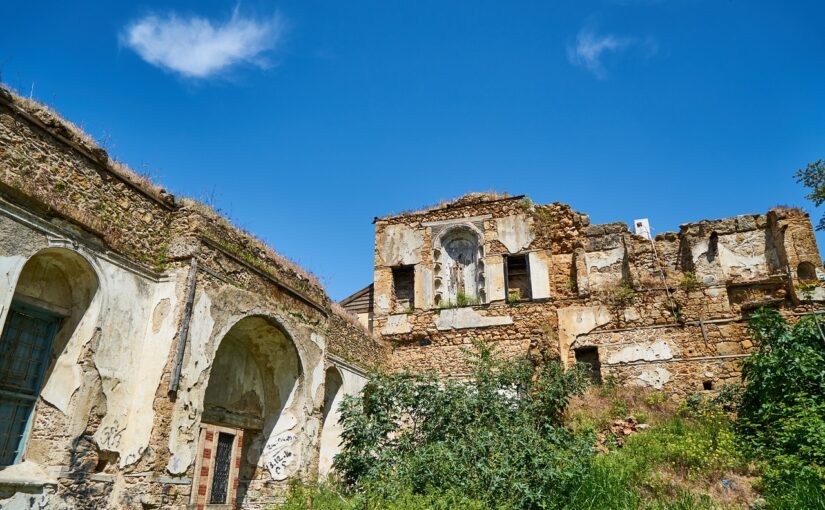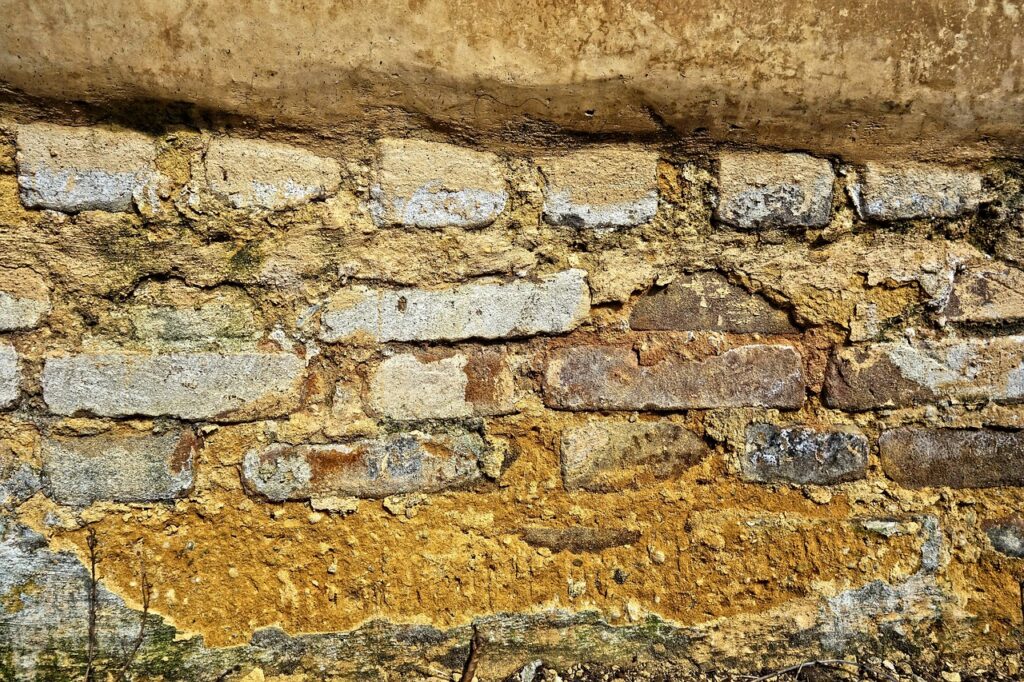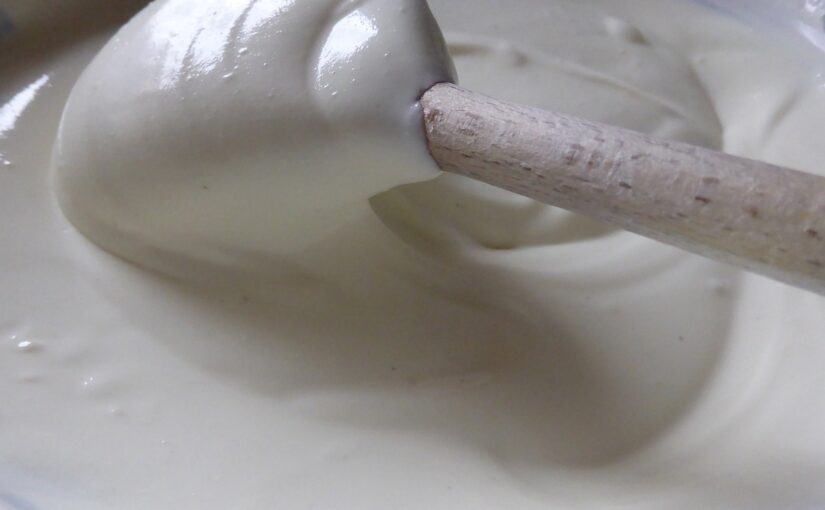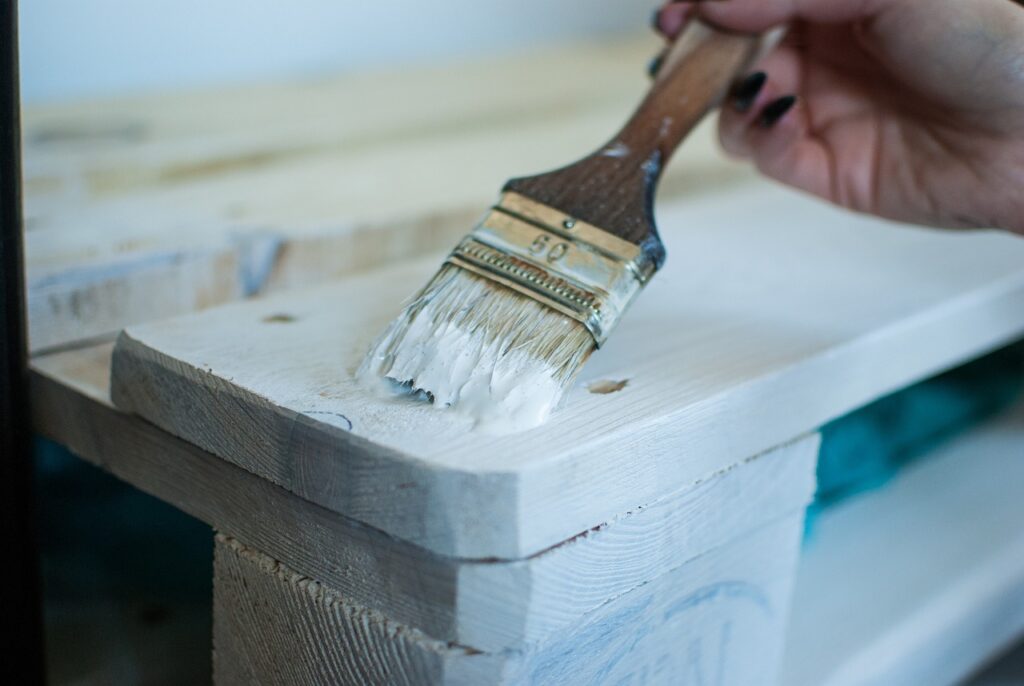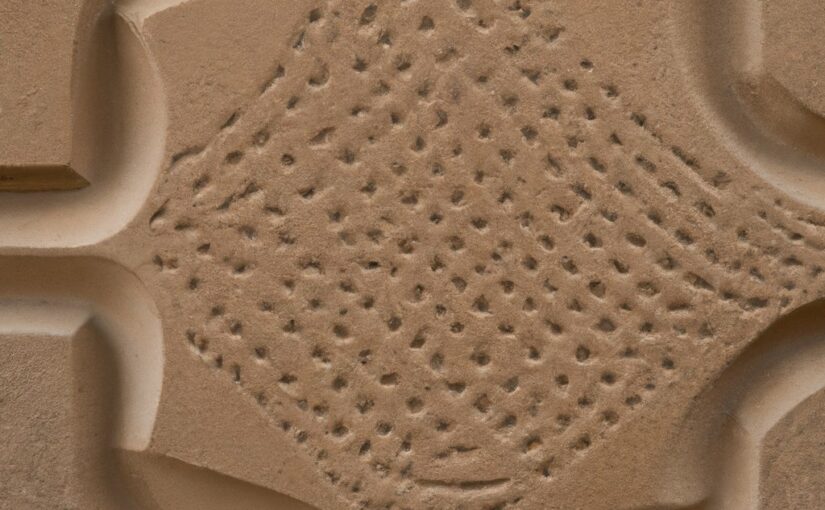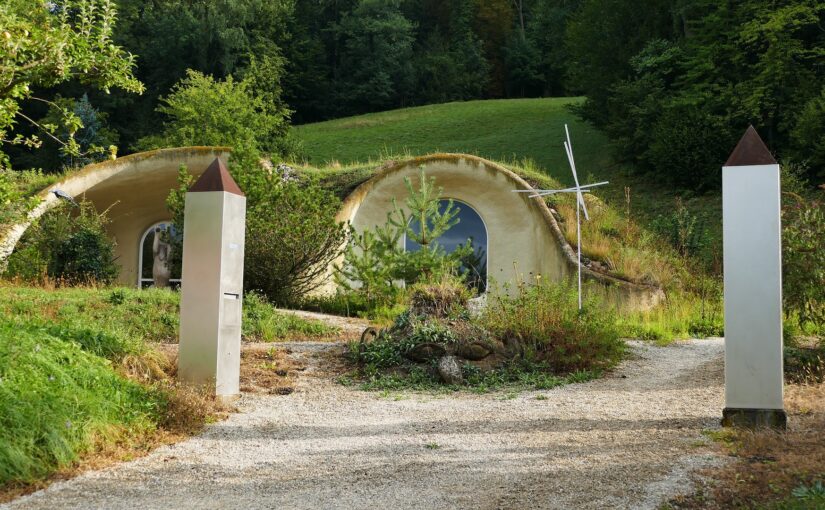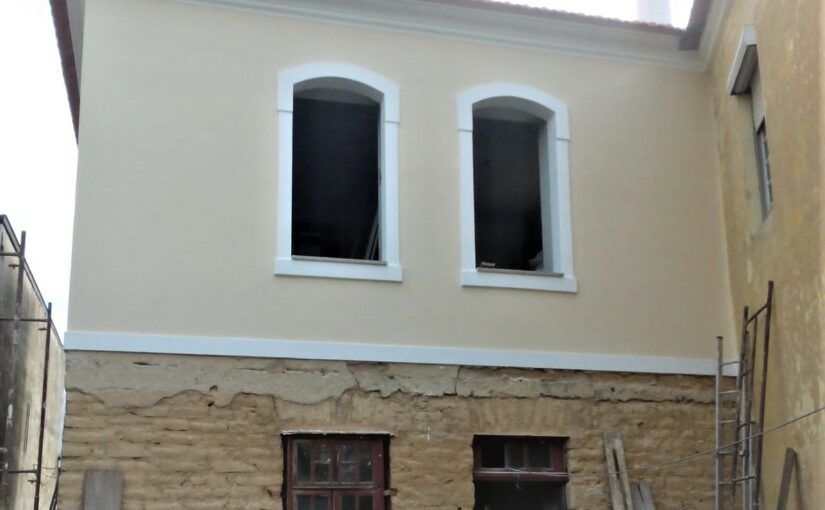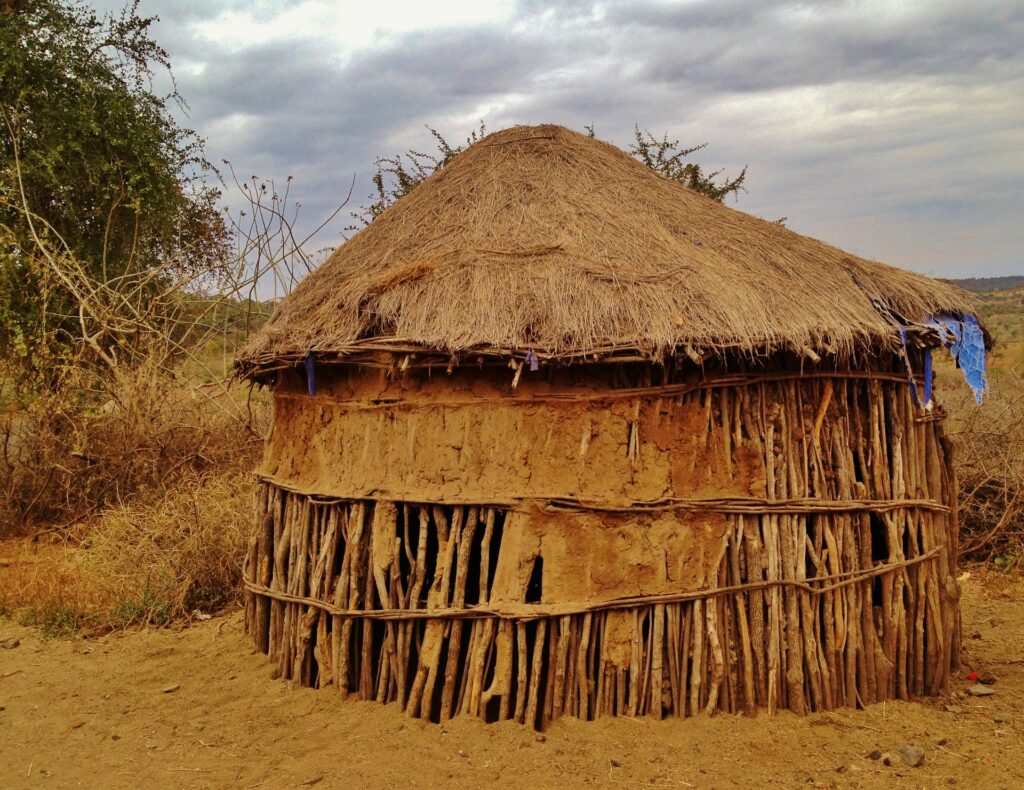Are your heating bills making your wallet shiver more than you do in the winter? Well, let’s look at a completely green but extremely cheap solution – it’s the Biomeiler, or as we like to call it, the compost heater!
The Biomeiler
Imagine a nice compost heap in your back garden, doing its thing, rotting away like a top-notch drama series. The heat it generates is not wasted; it’s the star of the show, warming up the first circuit. Now, here’s where the magic happens – a heat exchanger swoops in, grabs that warmth, and transfers it to the second circuit. Voila! Your home gets to bask in the glory of free, cozy heat. That’s eco-friendly living!
A Compost Heap’s Aeration Drama
But wait, there’s more to this blockbuster. A compost heap needs to be as big as the suspense in a thriller novel, preventing heat and moisture from escaping too soon. We’re talking about aeration, the compost’s breathability factor. It’s like letting your compost breathe by avoiding a pit and keeping it frameless. No walls, no partitions – just pure compost drama.
To enhance the air exchange, throw in a couple of layers of pallets or thick branches. It’s like giving your compost heap its very own red carpet walk – air can pass through even at the bottom.
And don’t forget to stir up the compost gently in all directions to create air channels. Just be careful not to disturb the buried pipes with coolant – we wouldn’t want any plumbing mishaps in our compost tale.
Compost Chemistry: A Love Story Between Nitrogen and Carbon
Now, let’s talk about the romantic chemistry between nitrogen and carbon in our compost love story. The “green” part brings the passion with grass, leaves, and veggie scraps, loaded with nitrogen. The “brown” part, the strong, silent type, contributes branches, twigs, and sawdust, rich in carbon. It’s all about balance – 25% green, 75% brown. Stir them together like you’re mixing the perfect cocktail, avoiding any drama in the decay department.
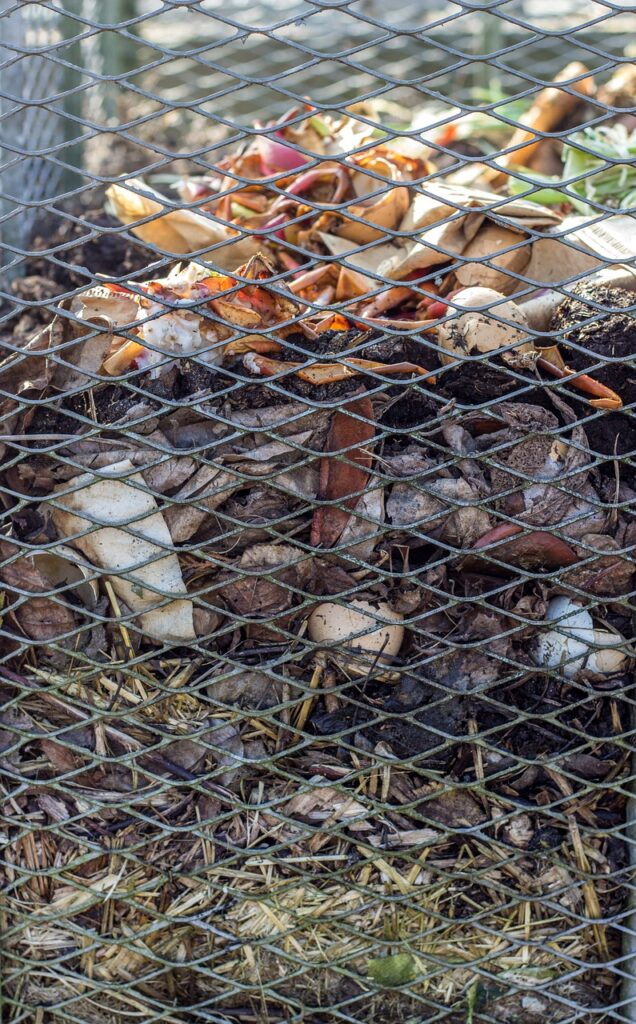
A Four-Act Play in Compost Heating
The composting process is a theatrical masterpiece with four acts, each with its temperature twist:
- The Initial Stage: Low-temperature bacteria kick things off. It’s like the calm before the storm, depending on air access and water availability.
- The Growth Stage: Now we’re talking! Bacteria that can handle the heat join the party, raising the temperature to a toasty 45-50 degrees Celsius.
- The Maximum Temperature Stage: Things get hot, literally. Bacteria tough enough for 65-70 degrees take the spotlight. It’s a rapid dehydration phase, like the compost’s own sauna session.
- The Cool-Down Stage: Back to a chill of 40 degrees Celsius. Bacteria are still munching, but there’s less water, and the show is winding down.
How long each act lasts is the real mystery – it’s like a soap opera with a spread that can be ten times its original estimate. Water is the director here, influencing the pace of the play. The optimal humidity is 60-70%.
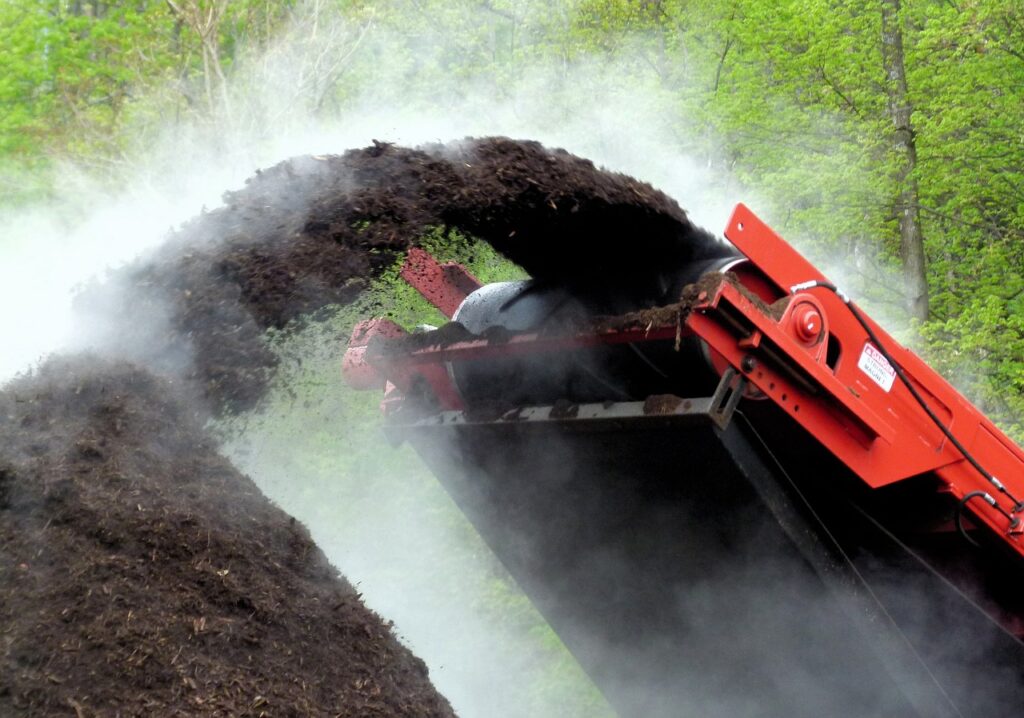
A Compost Heap’s Cool-Down Mechanism
The final twist in our compost saga is cooling. Picture this: the heat from our compost heap rushes through the heat exchanger, heating your home. To keep the drama going, we need to rapidly take away the water – cool the heat exchanger, and the compost cools too. It’s a cooling finale to our hot compost party.
You get to decide how hot you want it, and for how long, and act accordingly – water the compost or let it chill. It’s your compost, your show, and your home heating extravaganza!
Who knew that compost could be this entertaining and heat your home at the same time? Biomeiler – free warmth for everybody!
